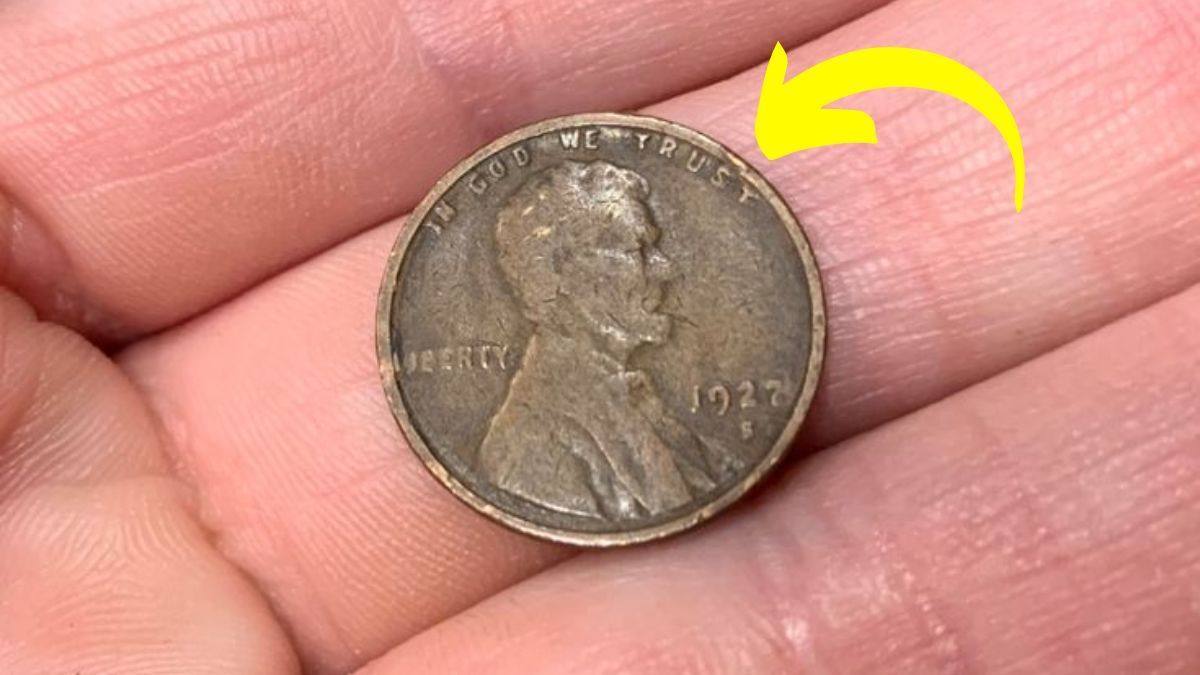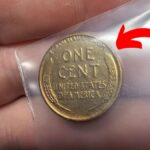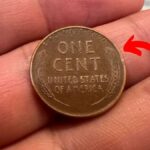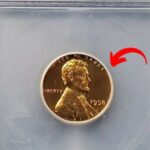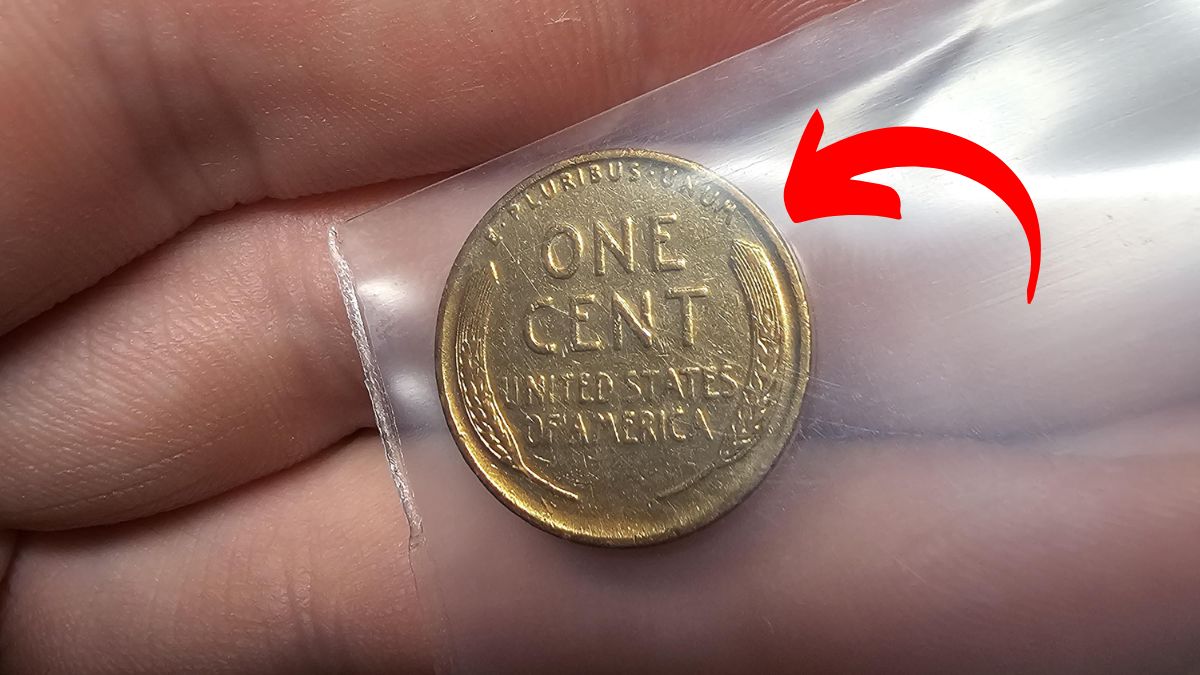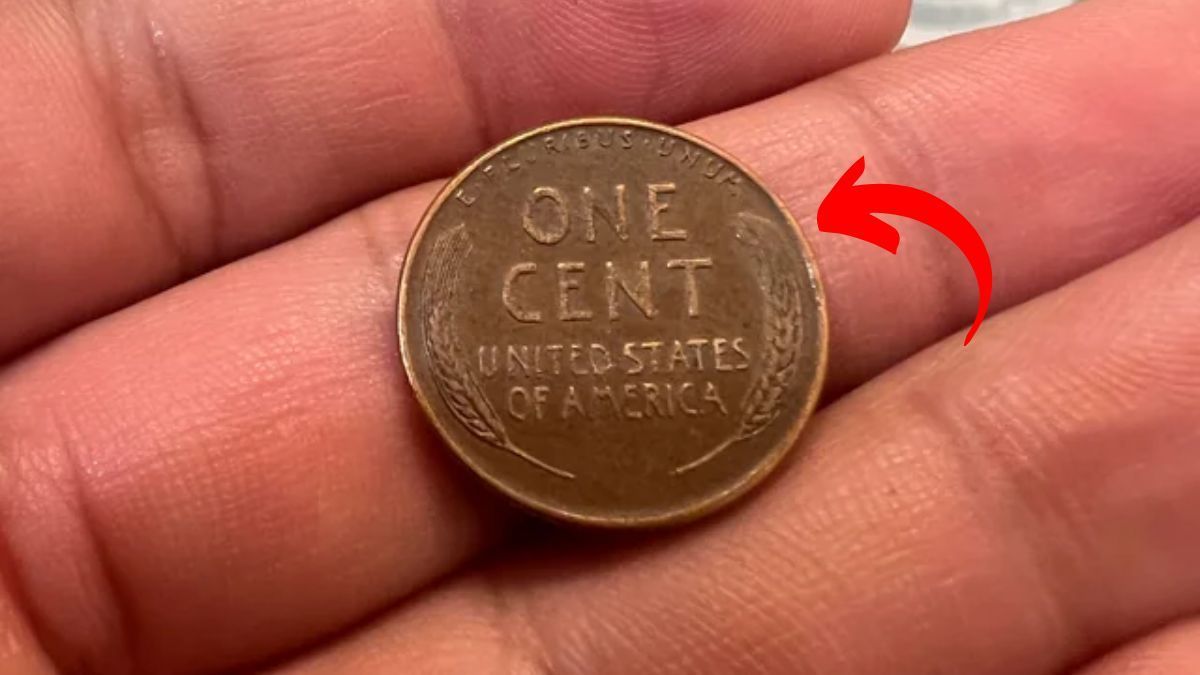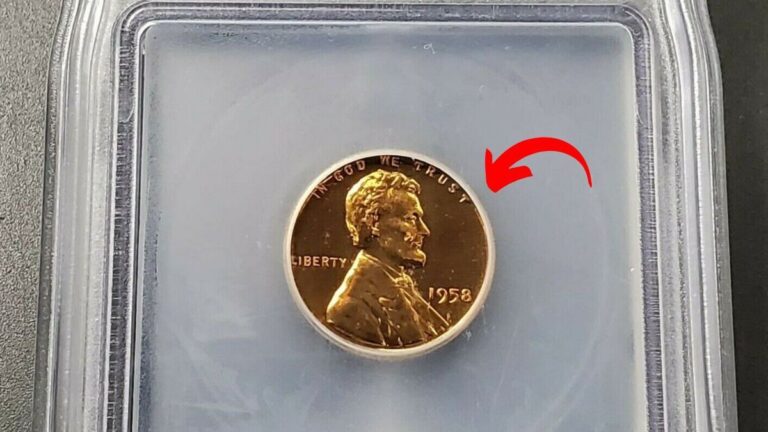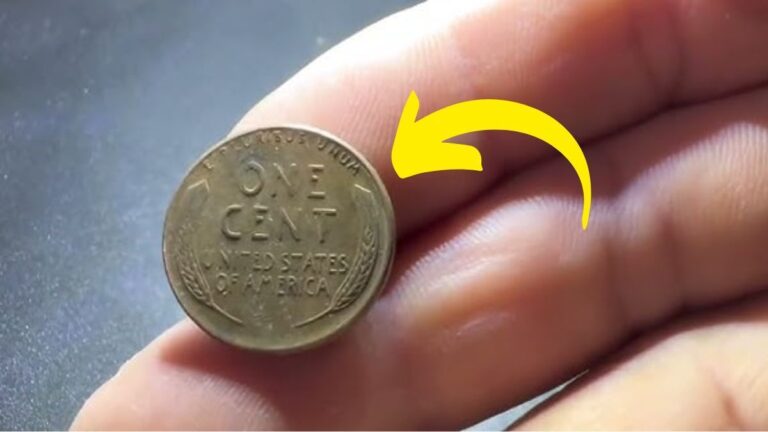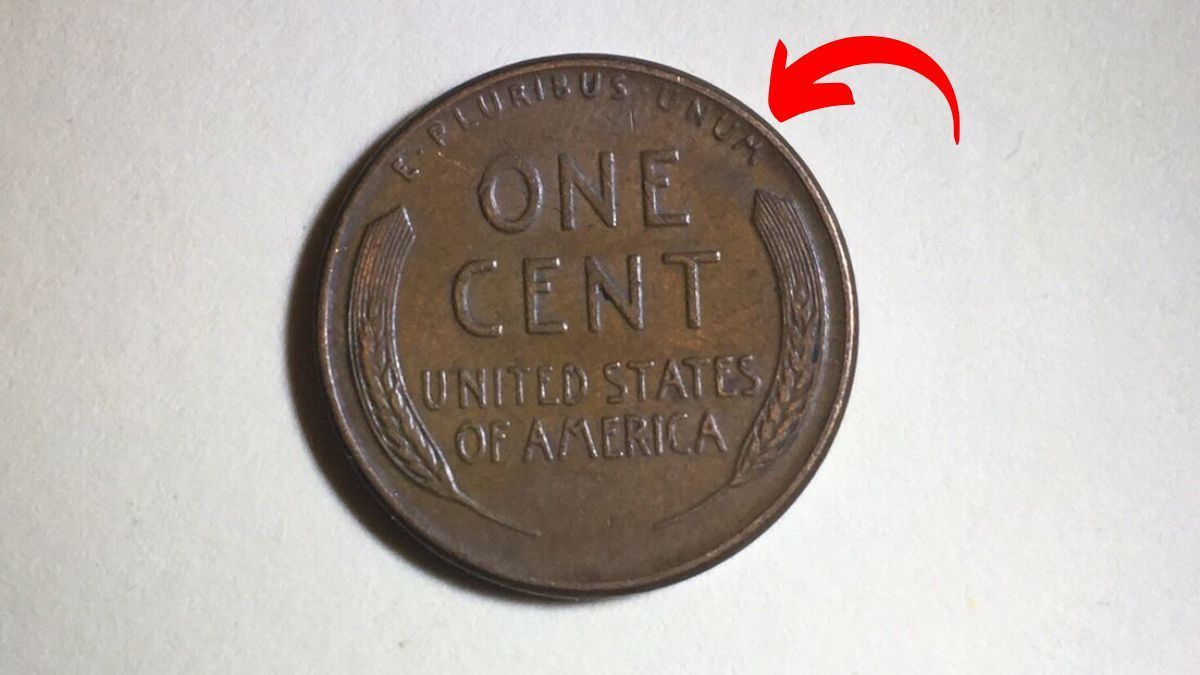The Lincoln Wheat Penny Valued At $120 Million: In the fascinating world of coin collecting, one coin stands above all others in value and mystery: the 1943 Denver Mint copper Lincoln Wheat Penny. Valued at an astonishing $120 million, this small copper disc represents the ultimate prize for collectors. While most pennies in your pocket are worth exactly one cent, this rare coin shows how history, mistakes, and perfect timing can create something of extraordinary value. It’s not just a coin – it’s a piece of American history that continues to captivate the imagination of collectors and casual observers alike.
The Lincoln Penny’s Historic Beginning
The story of this valuable penny begins in 1909, when the U.S. Mint introduced the Lincoln Wheat Penny to celebrate Abraham Lincoln’s 100th birthday. This was a groundbreaking moment in American currency – the first time a real historical figure appeared on a U.S. coin, replacing the traditional Lady Liberty designs. Designer Victor David Brenner created the now-familiar profile of Lincoln for the front, while the back featured two wheat stalks framing “ONE CENT” and “UNITED STATES OF AMERICA.” This design would become a staple in American pockets for nearly 50 years.
A Wartime Error Creates a Fortune
The most valuable Lincoln Wheat Penny emerged during World War II, when copper was desperately needed for military equipment. In 1943, the U.S. Mint switched to making pennies from steel instead of copper to support the war effort. However, at the Denver Mint, something unexpected happened. A few copper blanks from 1942 were accidentally left in the coin presses when production began in 1943. These forgotten pieces were struck with the new dies, creating a handful of copper pennies in a year when all pennies were supposed to be steel. This wartime mistake would eventually create the most valuable cent in history.
Why Is It Worth $120 Million?
The extraordinary value of the 1943-D copper penny comes from a perfect combination of factors. First is its extreme rarity – only a handful are known to exist. Second is its historical significance as a mistake made during wartime production. Third is its mint mark – the small “D” that shows it was made in Denver adds another layer of rarity and authenticity. Finally, these coins have a compelling story that captures public imagination. When a rare coin like this appears at auction, the competition among wealthy collectors can drive prices to astronomical levels.
Could You Find One?
What makes the story of the 1943 copper penny especially exciting is the possibility that similar specimens might still be out there, undiscovered. While finding a $120 million example would be extraordinarily rare, the prospect keeps people checking their change and old coin collections. Family inheritances, forgotten piggy banks, and even ordinary pocket change could potentially harbor these valuable pieces of history. This ongoing treasure hunt adds excitement to everyday transactions and keeps interest in coin collecting alive.
Other Valuable Wheat Pennies
While the 1943-D copper penny represents the ultimate find, other Lincoln Wheat Pennies also command impressive prices. The 1909-S VDB, featuring the designer’s initials, regularly sells for thousands of dollars. The 1914-D and the 1922 “No D” varieties are also highly sought after. Even common wheat pennies produced between 1909 and 1958 often sell for more than their face value, especially if they’re in excellent condition.
Preserving Your Find
If you think you’ve found a valuable penny, proper handling becomes crucial. Never clean the coin, as this can significantly reduce its value. Instead, handle it by the edges and store it in an appropriate holder. Professional grading services can authenticate coins and assess their condition, providing documentation that supports their value. This authentication is essential for any potentially valuable find.
A Legacy of Hope and History
The $120 million Lincoln Wheat Penny represents more than just a valuable coin – it embodies American history, wartime production challenges, and the enduring appeal of collecting. While most people will never own such a valuable specimen, the series reminds us that remarkable treasures can hide in plain sight. For collectors and casual observers alike, the hunt continues, driven by the possibility of discovering a piece of American history in their own pocket change.
Disclaimer
This article is for informational purposes only. Coin values fluctuate based on market conditions, and professional authentication is recommended for any potentially valuable coins.
